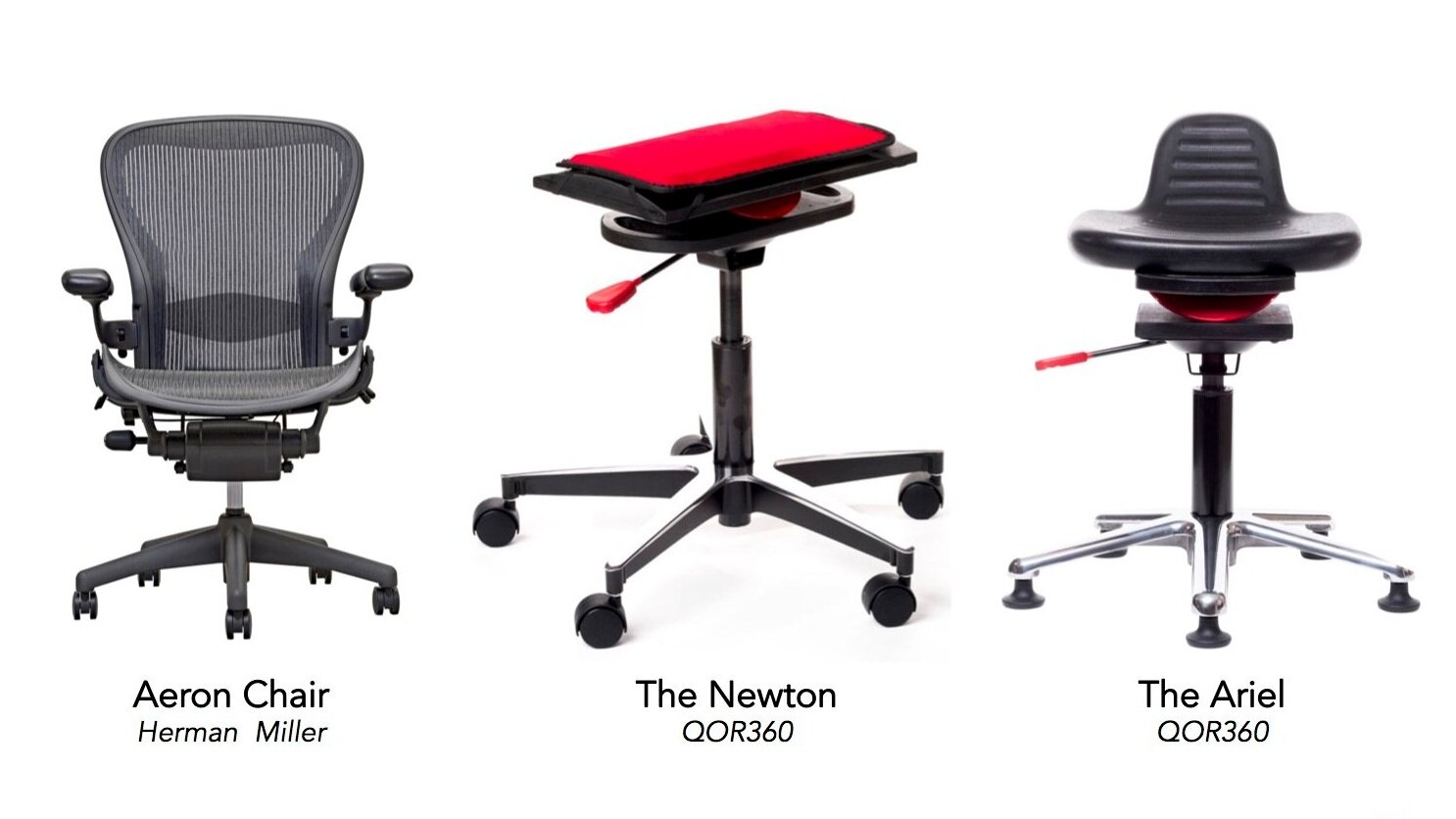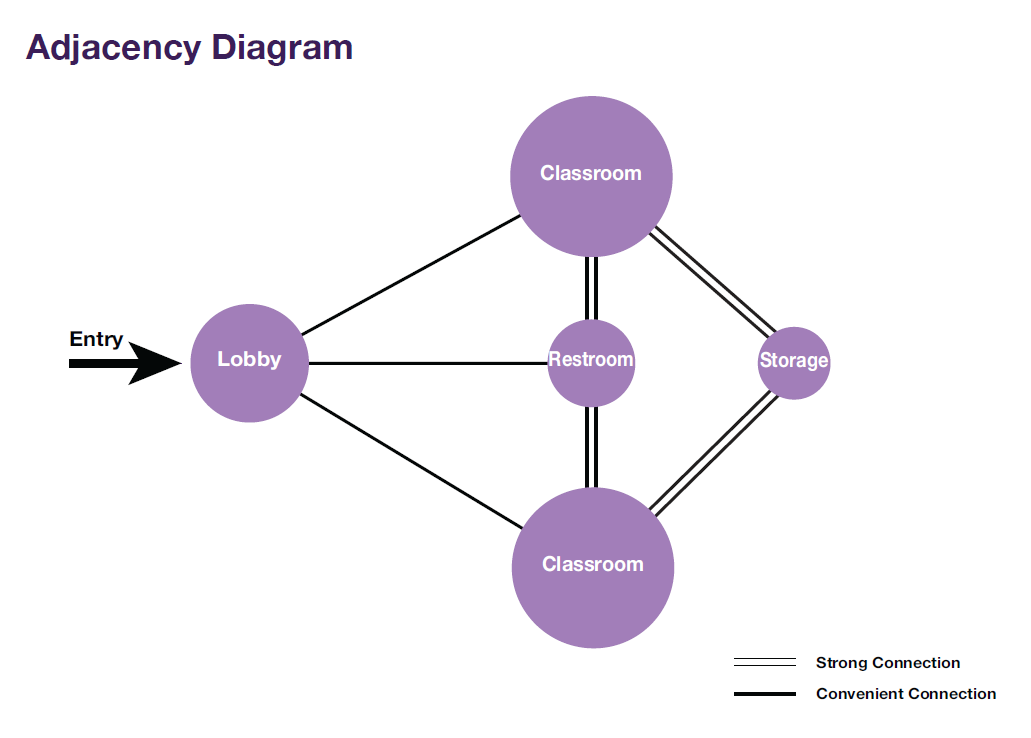Behavioral Intervention Study
Does the diversity of savoring strategies moderate the relationship between positive activities and emotional well-being?
Using a research-through-design approach, I developed a behavioral intervention to test a basic research question in the field of positive psychology: Does the diversity of savoring strategies moderate the relationship between positive activities and well-being? The validation study (N = 71) involved mixed methods data collection and analysis, including qualitative data coding with ATLAS.ti and multiple linear regression analysis with Stata. I have submitted a manuscript to a scholarly journal where it is currently under review.
Faulk, J.D., Yoon, J. (Under review) Does practicing a diversity of savoring techniques help sustain happiness? A randomized-controlled trial of design-supported well-being. https://bit.ly/3UeNCeZ
Faulk, J.D. (2020). Does the diversity of savoring strategies increase happiness? An experimental study of design-mediated well-being [Unpublished master’s thesis]. Cornell University. https://doi.org/10.7298/gthf-qx90
Active Seating Study
How does active seating impact users?
In this refereed conference publication, my team compared user experience and performance across three seating designs (two active, one static).
Faulk, J.D., McKee, C., Bazille, H., Brigham, M., Daniel, J., Jaffe, J.G., Lee, J., Sabison, E., Zhou, Y., Zhu, Y., Chung, Y., Hedge, A. (2019). Performance, Movement, Posture, and Perceived Discomfort in Active vs. Static Seating. Proceedings of the Human Factors and Ergonomics Society Annual Meeting, 63(1), 1154-1158. https://doi.org/10.1177/1071181319631505
Architectural Program for a Historic Church
Recommendations for new spaces
My team developed programmatic requirements for new education spaces in a historic church, including:
Adjacency diagram
Given program
Line-by-line program
Detailed program
St. James AME Zion Church was built in 1833 and is the oldest church structure in Ithaca, NY. The church was part of the Underground Railroad, which aided fugitive slaves in their escape, and was visited by Harriet Tubman and Fredrick Douglass.
Our team assisted church leadership in developing recommendations for new educational and administrative spaces. We held discussions with stakeholders and interviewed experts, including city representatives, to better understand the limitations of working with a building listed on the National Register of Historic Places. We developed recommendations based on 5 user profiles. You can read our programming document below.
Cornell University
Department of Human Centered Design
Heather Bazille // M.S.
Hannah Bidigare-Curtis // M.S.
Michael Darlfer // M.S.
Jeremy D. Faulk // M.S.
Linna Hu // Ph.D.
Sleep in Space
What’s it like to sleep in microgravity?
I interned at NASA’s Johnson Space Center from July 2009 to July 2010. While there, I interviewed 12 astronauts one-on-one as part of a landmark qualitative study of sleep in space. I coded many hours of audio interviews and wrote summaries to help with future publications.
Whitmire A., Slack K.J., Locke J., Keeton K.E., Patterson H., Faulk J., Leveton, L. (2013). Sleep Quality Questionnaire: Short-duration flyers. (NASA/TM-2013-217378). NASA—JSC, Houston, Texas
Plants in Space
Could plant life reduce stress for astronauts on long-duration missions?
I interned at NASA’s Johnson Space Center from July 2009 to July 2010. It was stellar. While there, I noticed the unnaturalness of space habitation environments and thought about the cumulative stress of living in them. I envisioned plant life as a sensory deprivation countermeasure and conducted an evidence review, including interviews with subject matter experts, before presenting my findings to the folks at NASA’s Behavioral Health and Performance research element.
I’ve since been informed by NASA scientist, Alexandra Whitmire, Ph.D., that my efforts helped to spur study of this topic on the International Space Station (ISS).
Faulk, J., Whitmire, A., Otto, C., Leveton, L., “Plant life as a stress countermeasure in the space environment,” Poster presented at the NASA Behavioral Health and Performance (BHP) Working Group; Houston, Texas, Aug. 04, 2010.
Faulk, J., “Plant life as a stress countermeasure in the space environment,” Oral presentation to NASA’s Behavioral Health and Performance Research Element, Houston, Texas, Jul. 10, 2010.
Scientific Claims in the Media
What influences consumers reasoning when encountering a scientific claim in the media?
I conducted a psychology experiment for my undergraduate honors thesis to dig into what causes people to buy into scientifically unsubstantiated claims they encounter in the news. The results highlighted the importance of consumers’ critical thinking skills. My honors thesis advisor was Mary McNaughton-Cassill, Ph.D.
Faulk, J.D., (2009). Tapping into critical abilities: The motivated evaluation of scientifically unsubstantiated claims in televised vs. written news reports [Unpublished undergraduate thesis]. University of Texas at San Antonio. https://bit.ly/3WnnTCT
Faulk, J., “Tapping into critical abilities: The motivated evaluation of scientifically unsubstantiated claims in televised vs. written news reports,” Oral presentation at the National Council for Undergraduate Research (NCUR) Conference, University of Wisconsin, La Crosse, Apr. 17, 2009.











